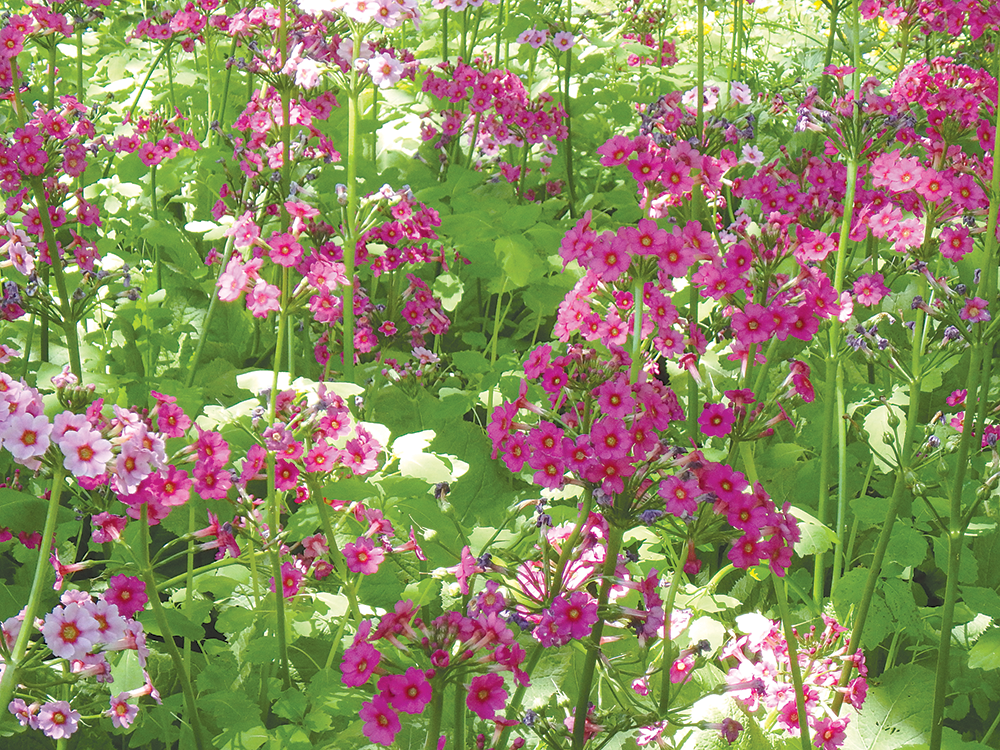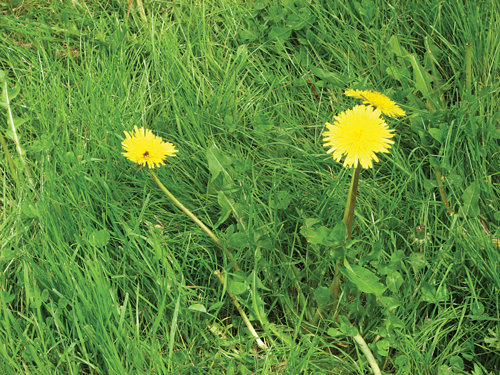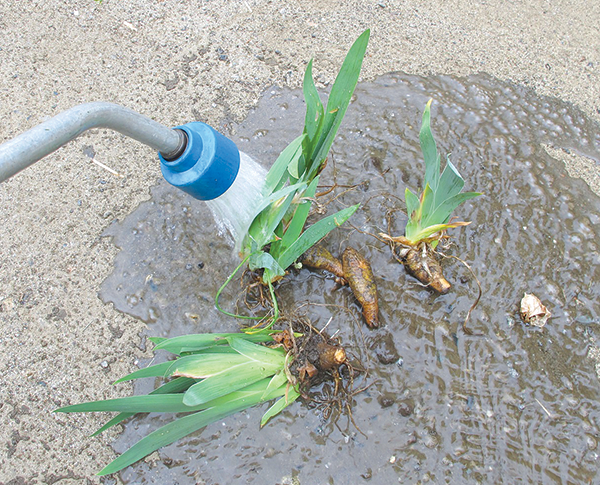Eradication without chemicals
My gardening grandfather came over from Germany around 1910. He was an organic gardener, perhaps because there were few chemicals sold to kill bugs and diseases back then. He gardened the old-fashioned way: hen manure for fertilizer, hand picking to keep potato beetles under control, and a good compost pile to nurture the soil.
When Organic Farming and Gardening Magazine started up in the 1940s, Grampy was an early subscriber — and a believer in organic gardening. He grew great vegetables and prize-winning flowers. I grew up spending time on his small farm every summer, and helping in the garden. I’ve always believed in organic gardening: gardening without chemicals.
That said, I understand why many gardeners use chemicals: something is threatening their roses or their broccoli. Flea beetles are making holes in their cabbage. And what about chemicals to make the tomatoes grow faster and bigger? I get the urge, too. But there are alternatives.
First, I want to explain that chemical fertilizers are generally salts of nitrogen, phosphorus and potassium. They are water-soluble and can be taken up fast by plants, pushing fast growth. But fast growth is not always good — stems are often weaker, and excess nitrogen in plants attracts insect pests. Bugs need it to form proteins needed to grow and have babies. Not only that, a few days of heavy rain can dissolve your fertilizer and wash it away.
But if you are used to using bagged fertilizers, you can use bagged organic fertilizers. They are made from things like seaweed and ground oyster shells, cottonseed meal or ground peanut shells. They are broken down by microorganisms in the soil and made available over a much longer period of time. Unlike chemical fertilizers, they can’t burn root hairs if too much is applied.
Then there is compost. Compost improves soil qualities as well as adding needed minerals to the soil. It makes heavy soils fluffier, and it makes sandy soils better able to hold water. Make your own, or buy it in bags or by the truckload. You can use it as mulch, and let the earthworms carry it down into the soil.
What about bugs? First, please understand that not all bugs are bad. There are many beneficial insects, bugs that eat the bad boys. I have few insect pests, but never spray anything to kill bugs. If you spray your roses to kill the Japanese beetles, you may be killing beneficial parasitic wasp larvae that are on the roses but unseen.
My first line of defense is always to hand pick problem bugs. I get to recognize them, and then pick them and drop them in soapy water. If you don’t like handling Japanese beetles, get a gallon milk jug and cut away part of the top, leaving the handle. Add soapy water and hold the jug under the leaf and tap it until the culprit falls in. Or you can just crush them with your fingers, as many gardeners do. They are easy to catch early in the morning, before they have had their coffee (or perhaps warm up in the sun).
Gardening practices can help, too. For example, I plant my potatoes in June, long after most books say to. I find that I get fewer potato beetles that way. And once the leaves are up, I check for beetles often. I look under the leaves for orange egg masses, and scrape them into a jar of soapy water. I drown the larvae and beetles if I see them.
I have read that the life cycle of a Colorado potato beetle from egg to adult is 35 to 40 days. Plant in early April, and each potato beetle can start another generation four or five times or so before harvest. Break the cycle early to keep numbers down, as each momma beetle lays many eggs.
I have had trouble with a beetle eating my cucumbers and squash plants, defoliating them when they are small. The beetles are fast and hard to catch. So what do I do?
I drape a lightweight gauzy film of agricultural fabric over plants to keep bugs from physically getting to my plants. This cloth allows sun and rain to pass through, but not bugs. It’s called row cover or known by trade names like Reemay and Agribon. There are other brand names, too.
Sometimes I use wire hoops to keep the row cover off the plants; other times I just lay it over them. I pin the cloth down with earth staples to keep it from blowing off. Since vine crops are insect pollinated, I need to take it off once the plants start to bloom.
Row cover is not perfect: Striped cucumber beetles live in the soil and sometimes will appear under the row cover, but mostly it prevents them from getting to the plants. To be on the safe side I start cukes and squash inside the house three weeks or more before planting time (or buy a six-pack of starts). That gives me good-sized plants that can survive some beetle munching.
As an organic gardener I accept that sometimes bugs or diseases win. But my garden always feeds me, and I love working in it.
You can email questions to Henry at henry.homeyer@comcast.net. But be patient! Henry is outdoors most of the time during this season.




